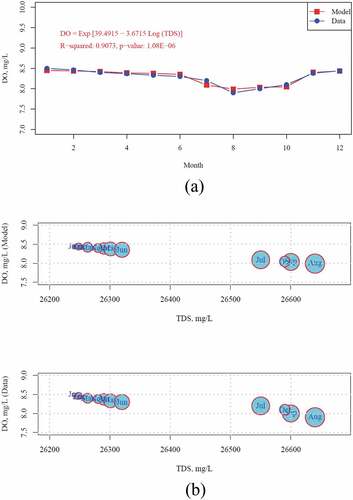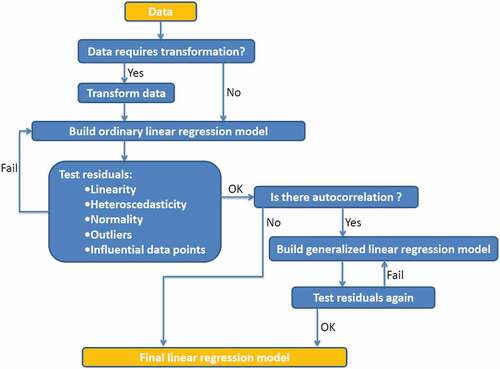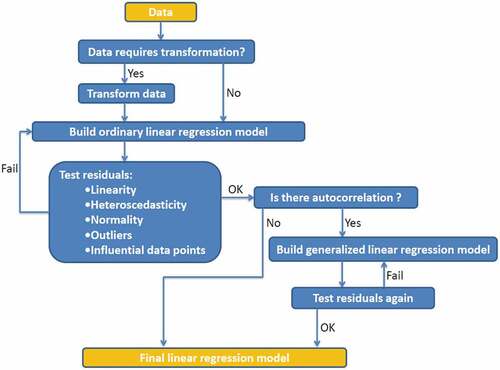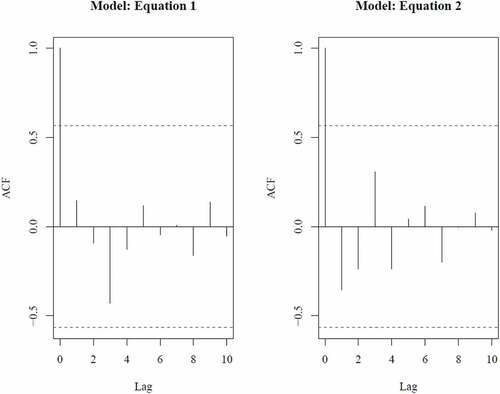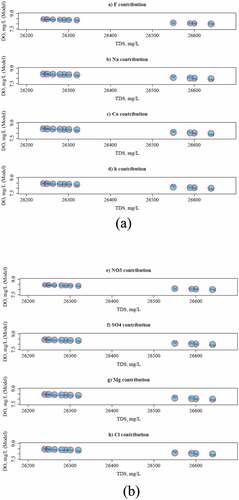Figures & data
Figure 1. The area of study; (a) Sawa Lake region retrieved by QGIS, and (b) Map of Sawa Lake retrieved from Landsat 8 OLI/TIRS Level-2 Data Products (WRS path/row: 168/038; acquired on 3 June 2017), showing the locations of samples used in this study
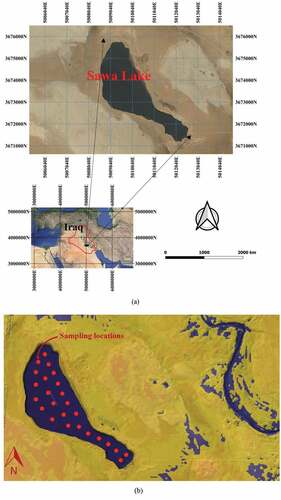
Table 1. Monthly averaged water quality parameters of Sawa Lake in 2017
Figure 3. Correlation plots (a, b, and c) of Sawa Lake data; (a) Scatterplot matrix of Sawa Lake data, (b) Correlation color matrix of Sawa Lake data, and (c) Correlation pie plots of Sawa Lake data
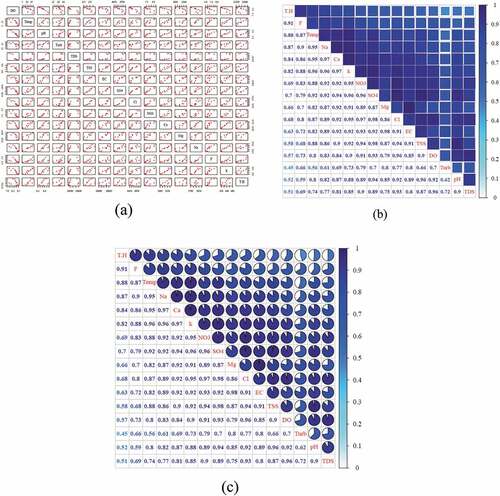
Figure 4. Boxplots and correlation matrix of dissolved oxygen, temperature, and turbidity in 2017 extracted from Sawa Lake raw data; (a) Dissolved oxygen, temperature, and turbidity boxplots from Sawa Lake data in 2017, and b) Dissolved oxygen, temperature, and turbidity correlation matrix from Sawa Lake data in 2017
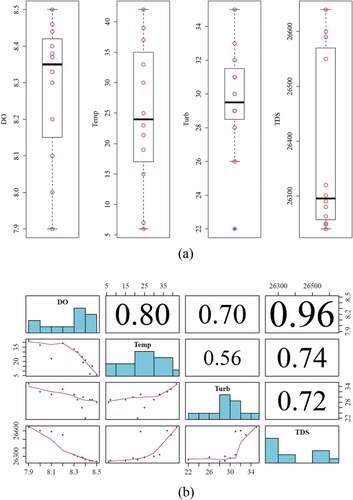
Table 2. The full linear regression model summary statistics of Equationequation 1(1)
(1)
Table 3. The full linear regression model summary statistics of Equationequation 2(2)
(2)
Figure 5. Linear regression validation graphs; (a) Model validation graphs of .EquationEq. 1(1)
(1) , and (b) Model validation graphs of EquationEq. 2
(2)
(2)
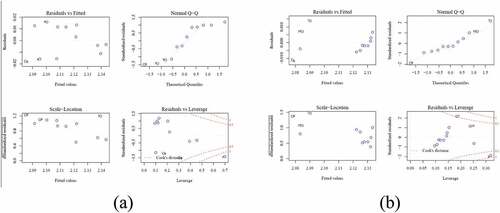
Table 4. Regression models and summary statistics
Figure 7. Comparisons between the model predictions with raw data; (a) DO in Sawa Lake by fitting the model of EquationEq. 2(2)
(2) to the raw data in 2017, and (b) The interaction among dissolved oxygen, temperature, and turbidity, the circle size was scaled by the relevant temperature
